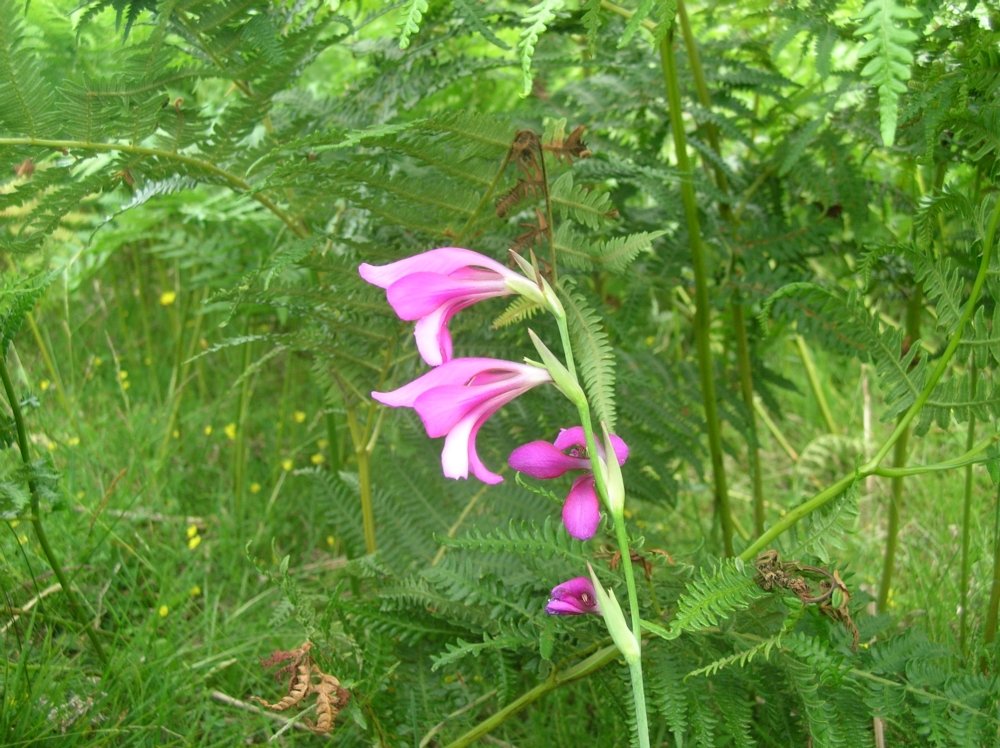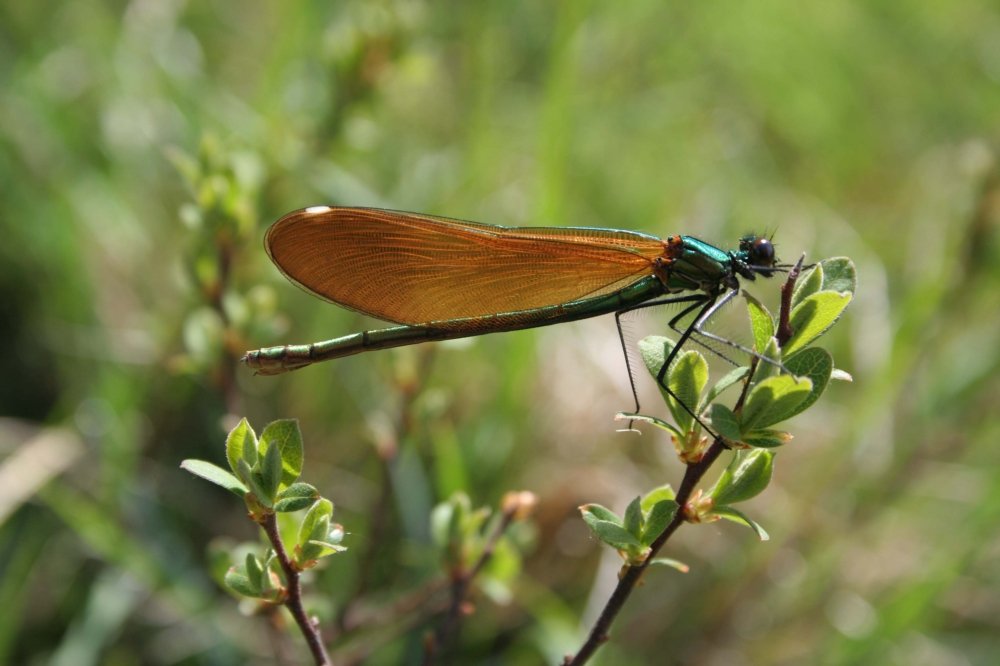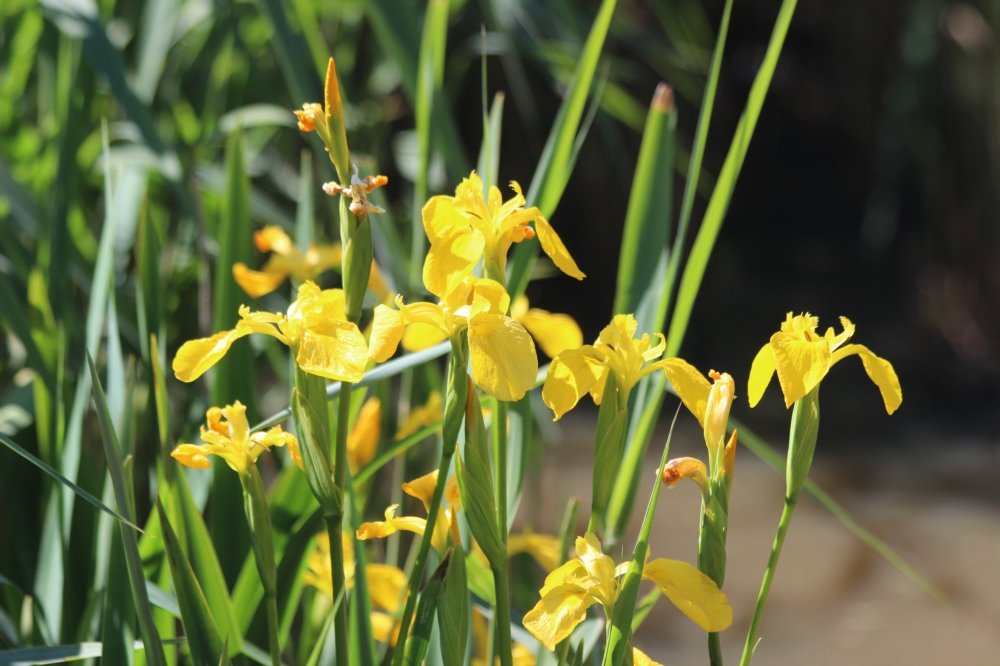June’s wildlife highlights
PUBLISHED ON: 1 JUNE 2016This is the latest in a year-long series of monthly blogs, featuring seasonal highlights from the natural world in the New Forest. Summer is in full swing, with Midsummer Day on 24 June signalling that we are already half way through 2016.
Wild flowers in bloom this month are the dog rose, enchanter’s nightshade, foxglove, self-heal and honeysuckle. You’ll find the yellow horned-poppy near the sea in shingle and sand dunes, and big creamy elder blooms light up the roadsides, peaking around the time of the summer solstice.
The New Forest is the only place in Britain where you will find the rare wild gladiolus (below): it grows among bracken on the edge of the ancient pasture woodlands. It’s very rare so if you are lucky enough to find one, just take photographs and leave it be!

Wander along the banks of a Forest stream or river and you might see beautiful demoiselles (below) and banded demoiselles take to the air. These damselflies emerge in early June; by mid-June all damselfly species have emerged as adults. Heathland pools are another good place to see damselflies and dragonflies.

Tall flag irises fleck the wetland fringes with bright yellow flowers (below). Gypsywort, watermint, water forget-me-not and brooklime are all attractive small plants that can be found on the wet edges.

Trees in the Forest are now all fully in leaf, although most lose their bright green spring freshness by the beginning of the month.
The birds sing less now as the breeding season is at its height and the adults are busy finding enough food to satisfy their nestlings. Watch out for house martins catching insects on the wing to feed their young in cup-like mud nests under the eves of houses. They are smaller than swifts and have white bellies and rumps. You’ll also find swallows skimming low over pastures and meadows.
Different kinds of moths fly at different times of year but summer time is best. If you leave a porch light on for a while when the weather is warm and calm, you’ll almost certainly attract some. Try taking a photo so you can admire the colours and patterns and maybe work out which species is which.

